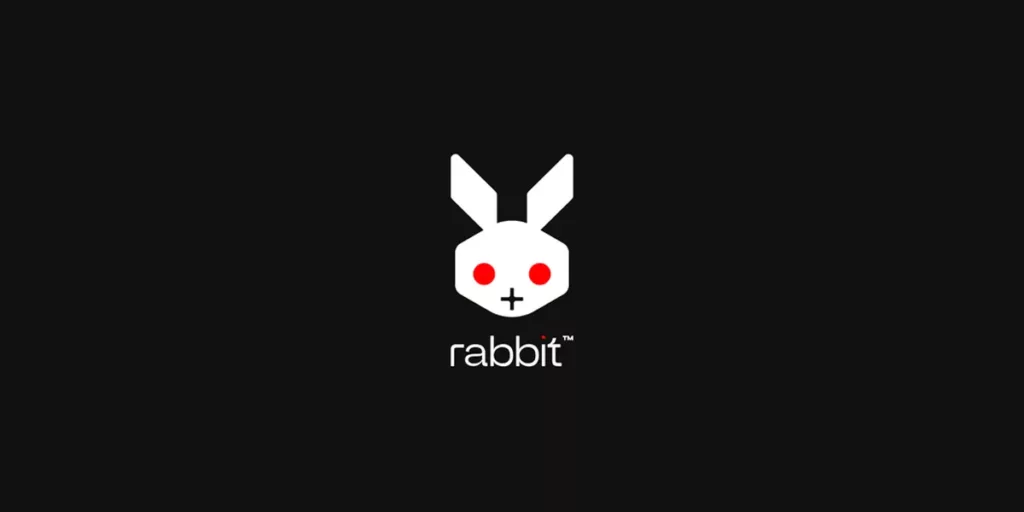Rabbit has raised $20 million in a round led by Khosla Ventures, with support from existing investors and strategic partners, including Synergis Capital and Kakao Investment. This will revolutionize human-computer interaction, shaping the future of AI-powered consumer hardware and operating systems.
Rabbit’s key innovation is its personalized operating system, rabbit OS, which relies on the Large Action Model (LAM), a unique AI framework. It specializes in understanding and replicating human actions on computers and in the physical world. It translates natural language requests into actionable steps and responses, making technology feel more intuitive.
Rabbit OS: Pioneering Personalized Computing with LAM AI Framework
Unlike typical AI models for language or vision, LAM focuses on structured and straightforward actions. It learns by imitating human actions on interfaces, creating a precise “recipe” for each task. LAM’s adaptive learning from demonstrations empowers it to tackle diverse applications and complex problem-solving, particularly with increased computational capacity.
For instance, LAM can potentially conduct smart home automation. Imagine you have a habit of adjusting the thermostat after locking your front door and turning off the light. It could notice this and then change the thermostat in these instances. You could talk to it, saying, “Make it cozy,” and it would understand your preferences, adjusting the lights, temperature, and more.
Computers, since their inception, have been designed as non-intuitive tools; even with the recent boom of advanced artificial intelligence, our relationship with the computer remained unchanged, as of a passive one,” says Jesse Lyu, founder and CEO of rabbit. “rabbit is launched as an effort to reverse this relationship, to envision a world where technology enhances the human experience.”
Notably, the development of LAM is not done in isolation but is influenced by evolving data and benchmark standards. Key focus areas for the supporting infrastructure include:
- Cloud infrastructure to create environments where AI can interact like a human to meet various software requirements.
- Developing hardware-software interfaces to optimize the multimedia collaboration between AI and humans.
- Establishing a unified standard for testing and observing AI’s progress in real-world applications, as AI models like LAM require continuous learning and external input from product usage.
Rabbit will launch its first device to the public in the coming year, enhancing multimedia language model applications and enabling real-time, API-free functionality across multiple platforms.

